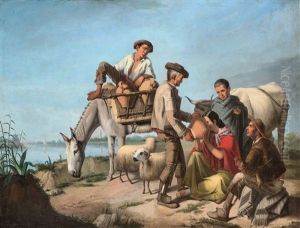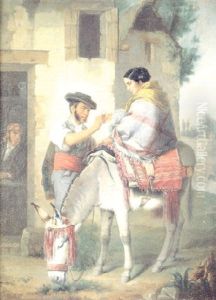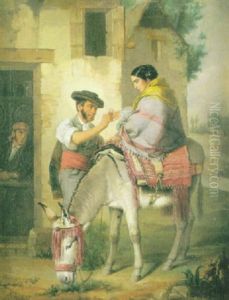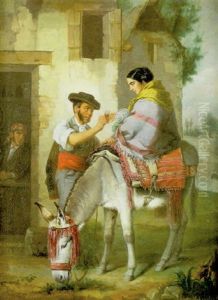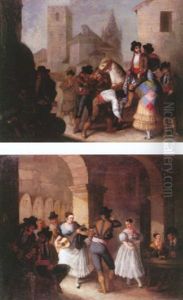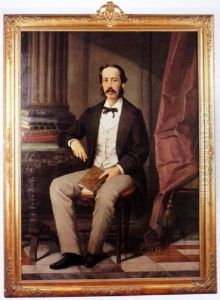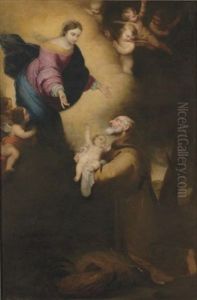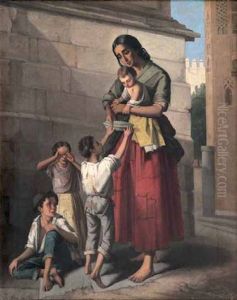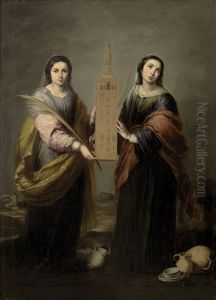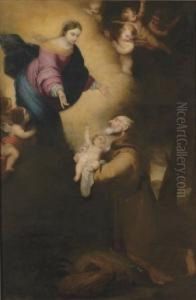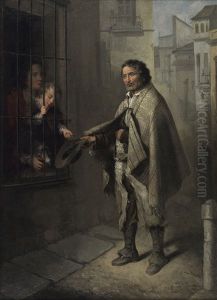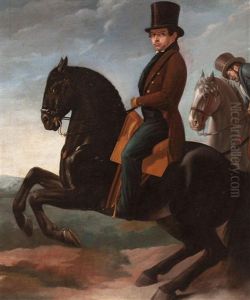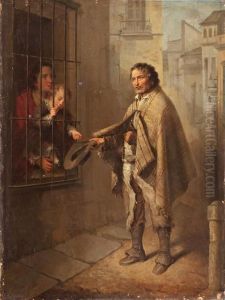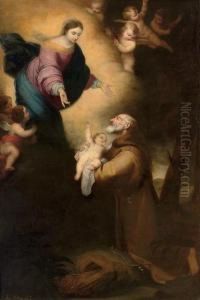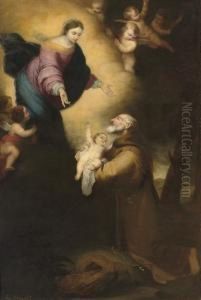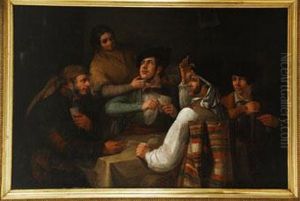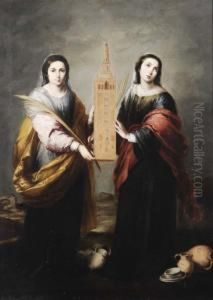Jose Roldan Y Martinez Paintings
José Roldán y Martínez was a Spanish painter known for his work in various styles, including costumbrismo, which is a genre that portrays the customs and everyday life of people, particularly in his native Andalusia. His work often depicts scenes of traditional Spanish life, such as markets, religious processions, and other social gatherings, capturing the spirit and cultural identity of Spain during his time.
Roldán y Martínez was born on December 31, 1869, in the town of Alcalá de Guadaíra, in the province of Seville, Spain. He developed an interest in art at a young age and pursued his passion for painting throughout his life. His artistic education began at the School of Fine Arts in Seville, where he studied under the guidance of influential teachers such as Eduardo Cano de la Peña and Manuel Wssel de Guimbarda.
Throughout his career, José Roldán y Martínez exhibited his works at various regional and national exhibitions, gaining recognition for his contribution to Spanish art. His paintings are characterized by their vibrant use of color, attention to detail, and ability to convey the warmth and liveliness of Spanish culture. He was particularly adept at using light and shade to enhance the mood and narrative of his scenes.
Roldán y Martínez's contribution to art was not limited to his paintings; he also engaged in teaching, passing on his knowledge and skills to the next generation of artists. His legacy includes not only his own artworks but also the influence he had on his students and the art community in Spain.
He passed away on September 23, 1940, in Seville, leaving behind a rich collection of works that continue to be appreciated for their historical and cultural significance. Today, his paintings can be found in museums and private collections, where they serve as a window into the Spain of the late 19th and early 20th centuries, reflecting the everyday life and traditions of its people.
